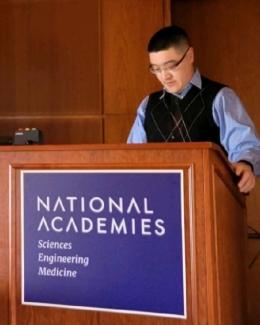Abstract
In parallel to population growth and climate change, the rapid pace of urbanization worldwide has led to an enormous increase in energy demand and costs in urban areas. The subsequent energy burden has become an increasing concern for many households in the U.S. Previous studies have revealed that geothermal resources can effectively lower the electricity demand and carbon emissions in large cities. In this paper, we focus on the socioeconomic impacts of geothermal energy on urban systems by presenting an interactive visual analytics dashboard. The dashboard allows urban planners to spatially examine geothermal energy's practical benefits on energy affordability, urban livability, and resilience across the U.S. We compiled a list of socioeconomic metrics by integrating the simulation results from multiple geothermal and building models with multi-domain urban datasets (socioeconomic, demographic, and electricity utility). These metrics are created to characterize the benefits of the heating electrification of buildings using Geothermal Heat Pumps (GHP) for lowering the energy burden of middle-and low-income households nationwide. The visual dashboard employs a combination of multivariate, glyph-based, and geospatial visualization to reveal the variability and patterns in our metrics. We present a pilot study to demonstrate the GHPs' potential as a renewable and affordable solution for increasing the economic and energy grid resilience in U.S cities.







